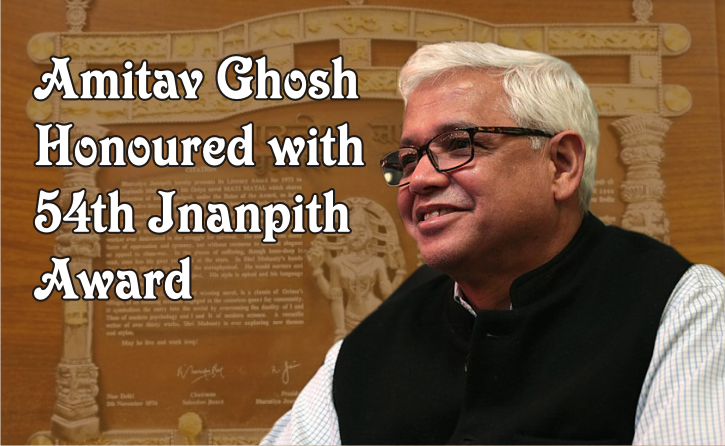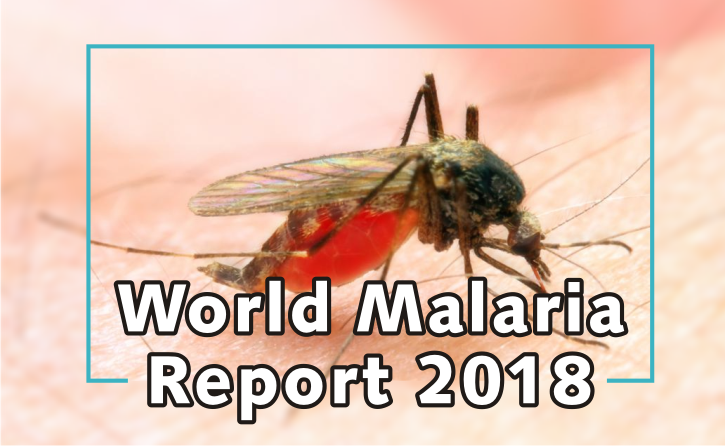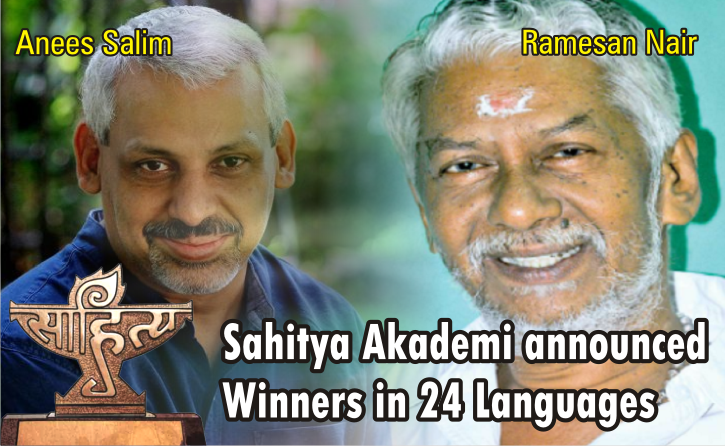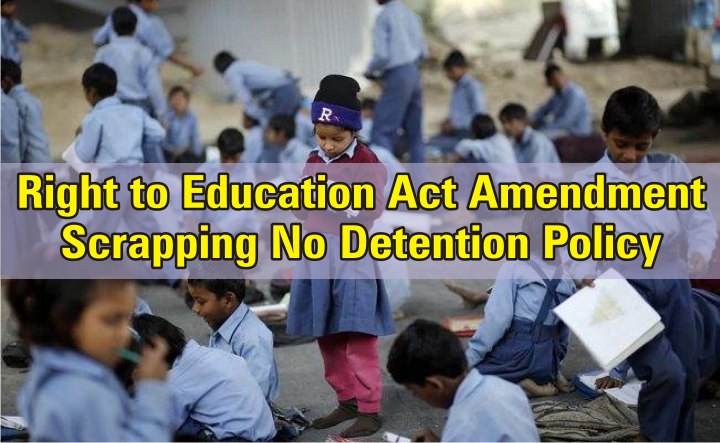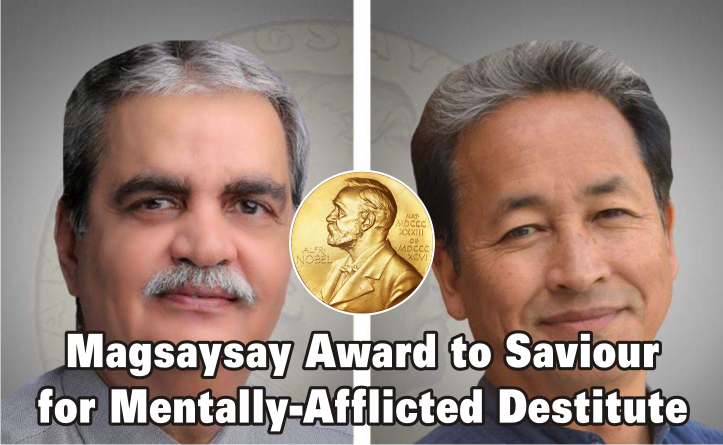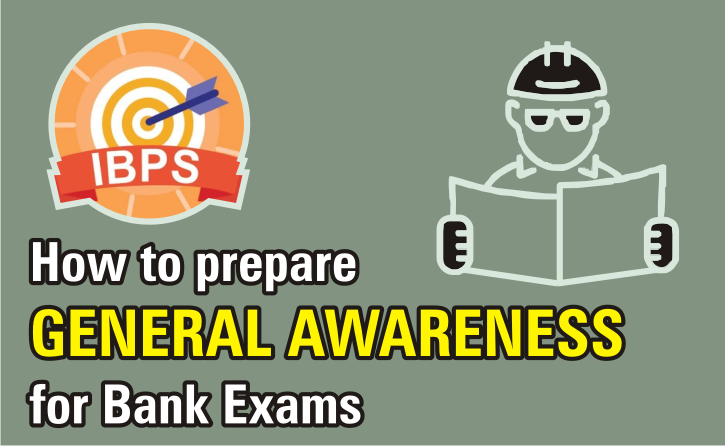54th Jnanpith Award has been conferred on Amitav Ghosh, one of the most prominent English contemporary Indian writers, known for a series of novels such as “Shadow Lines”, “The Glass Palace”, “The Hungry Tide”, and Ibis Trilogy: “Sea of Poppies”, “River of Smoke”, and “Flood of Fire”; as per the decision taken in a meeting of the Jnanpith Selection Board chaired by eminent novelist, scholar and Jnanpith laureate Pratibha Ray and announced Bharatiya Jnanpith on Friday 14 December 2018.
Jnanpith Award, instituted in 1961 is bestowed only on Indian writers writing in Indian languages included in the 8th Schedule of the Indian Constitution and English and presented annually by Bharatiya Jnanpith to an author for “outstanding contribution towards literature”. The award consisted of a citation plaque, a cash prize of ₹1 lakh till 1981, revised to ₹11 lakh in 2015; and a bronze replica of Saraswati, the Hindu Goddess of knowledge and wisdom.
- Sankara Kurup, Malayalam writer, was the first recipient of the award in 1965 for his collection of poems, Odakkuzhal(The Bamboo Flute), published in 1950.
- Ashapoorna Devi, Bengali novelist, became the first woman to win the award in 1976 and was honoured for her novel Pratham Pratisruti (The First Promise), the first in a trilogy, published in 1965.
- Award has been conferred upon 58 writers including seven women authors.
- Prominent recipients include literary icons Krishna Sobti, Kedarnath Singh, Shrilal Shukla, Nirmal Verma, Girish Karnad, Mahasweta Devi, Amrita Pritam and U R Ananthamurthy.
- Award has been presented for works in 16 languages, out of 23 eligible languages:
Amitav Ghosh, born in 1956 in Kolkata to a Bengali Hindu family, who spent his formative years in India, Bangladesh and Sri Lanka, studied in Delhi, Oxford and Alexandria, currently lives in New York with his wife Deborah Baker.
- Amitav Ghosh is also the recipient of the Padma Shri and Sahitya Akademi Awards.
- “The Great Derangement; Climate Change and the Unthinkable”, a work of non-fiction, was released in 2016, is his most recent book.
- “The Hungry Tide” that explores the forgotten Marichjhhapi massacre was published in 2004.
- “The Shadow Lines”, his much-loved novel that won him the Sahitya Akademi Award, in which he explored the treachery of borders and maps, was published in 1988.
- “The Ibis trilogy”, which comprises “Sea of Poppies”, “River of Smoke”, and “Flood of Fire”; published in 2008, 2011 and 2015 respectively, is a work of historical fiction by Amitav Ghosh. The story is set in the first half of the 19th It deals with the trade of Opium between India and China run by the East India Company and the trafficking of coolies to Mauritius. The trilogy gets its names from the ship Ibis, on board which most of the main characters meet for the first time. The novels depict a range of characters from different cultures, including Bihari peasants, Bengali Zamindars, Parsi businessmen, Cantonese boat people, British traders and officials, a Cornish botanist, and a mulato sailor.
Ghosh tweeted that he was “honoured and humbled”; and that, “This is an amazing day for me. I never thought I would find myself on this list, with some of the writers I most admire.”
Pranab Mukherjee, former President tweeted, “Congratulations to @GhoshAmitav on winning the #JnanpithAward 2018. I have fond memories of your stay at Rashtrapati Bhavan as a part of the ‘In Residen

